Shangbin Wu
A General 3D Non-Stationary 5G Wireless Channel Model
Nov 28, 2023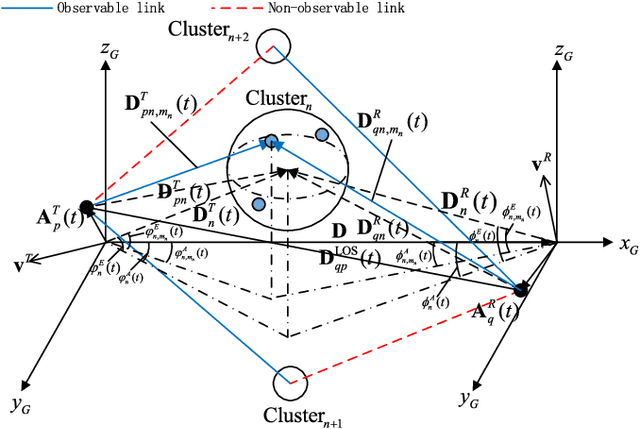
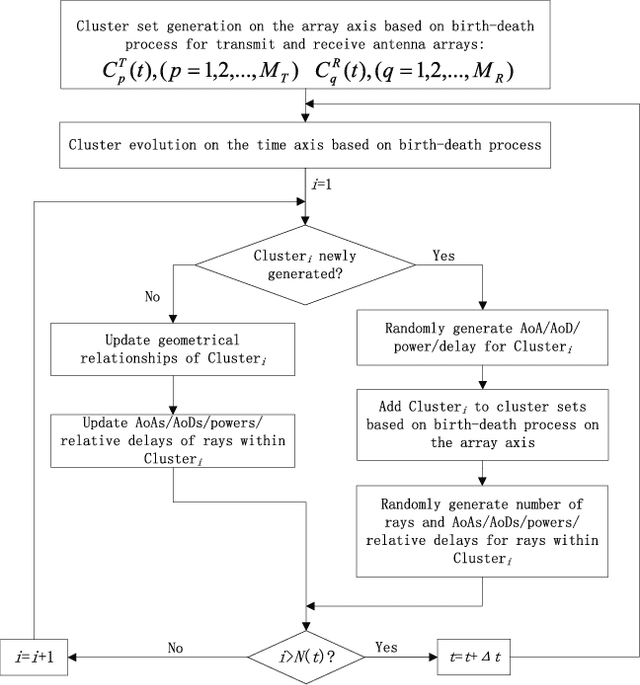
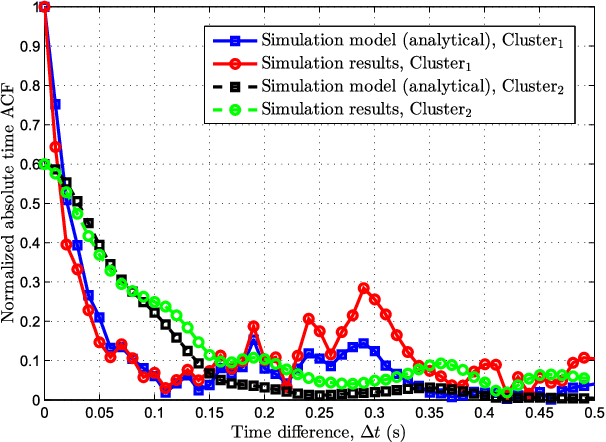
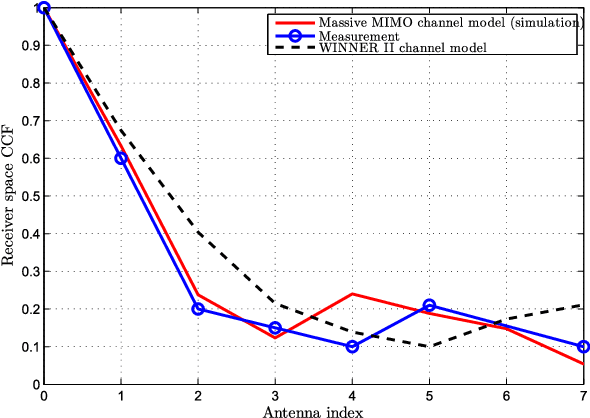
Abstract:A novel unified framework of geometry-based stochastic models (GBSMs) for the fifth generation (5G) wireless communication systems is proposed in this paper. The proposed general 5G channel model aims at capturing small-scale fading channel characteristics of key 5G communication scenarios, such as massive multiple-input multiple-output (MIMO), high-speed train (HST), vehicle-to-vehicle (V2V), and millimeter wave (mmWave) communication scenarios. It is a three-dimensional (3D) non-stationary channel model based on the WINNER II and Saleh-Valenzuela (SV) channel models considering array-time cluster evolution. Moreover, it can easily be reduced to various simplified channel models by properly adjusting model parameters. Statistical properties of the proposed general 5G small-scale fading channel model are investigated to demonstrate its capability of capturing channel characteristics of various scenarios, with excellent fitting to some corresponding channel measurements.
Multi-Graph Fusion Networks for Urban Region Embedding
Jan 24, 2022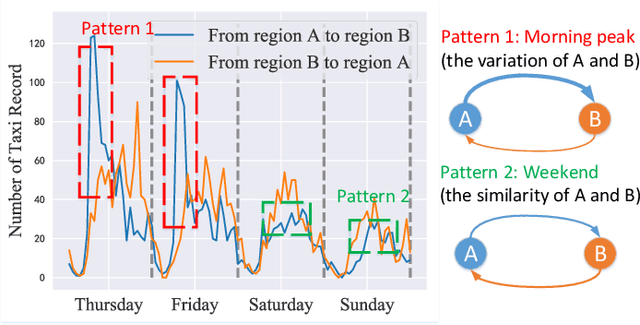



Abstract:Learning the embeddings for urban regions from human mobility data can reveal the functionality of regions, and then enables the correlated but distinct tasks such as crime prediction. Human mobility data contains rich but abundant information, which yields to the comprehensive region embeddings for cross domain tasks. In this paper, we propose multi-graph fusion networks (MGFN) to enable the cross domain prediction tasks. First, we integrate the graphs with spatio-temporal similarity as mobility patterns through a mobility graph fusion module. Then, in the mobility pattern joint learning module, we design the multi-level cross-attention mechanism to learn the comprehensive embeddings from multiple mobility patterns based on intra-pattern and inter-pattern messages. Finally, we conduct extensive experiments on real-world urban datasets. Experimental results demonstrate that the proposed MGFN outperforms the state-of-the-art methods by up to 12.35% improvement.
 Add to Chrome
Add to Chrome Add to Firefox
Add to Firefox Add to Edge
Add to Edge